The fats listed above are what make cocoa butter, and therefore couverture, so special. They are the reason why products made from couverture have such a beautiful lustre. The fats have different melting points ranging from 20 °C to 47 °C and have the property of solidifying into unstable and stable crystalline forms when cooled. It is precisely these fat crystals that need to be balanced in order to obtain the perfect end product, and this balancing of the fat crystals can only be achieved by tempering.
To put it more simply: tempering means processing the fat components of the cocoa butter contained in the couverture in such a way that it is easier to mould and achieves the desired gloss and breakage after processing (whether into bars, chocolates or hollow figures).
If you don't do this, or if you make a mistake, the couverture can stick to the praline, chocolate bar or figure moulds or (as shown in the pictures above) take on a greyish appearance. Although this is not as visually appealing, it has no effect on the flavour and therefore not on the enjoyment of the sweet creation. If the couverture did not contain cocoa butter, there would be no need to temper the couverture and it would be much easier.
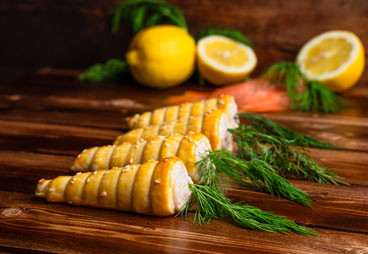
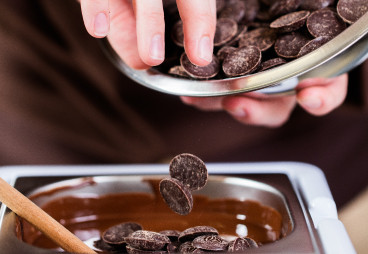
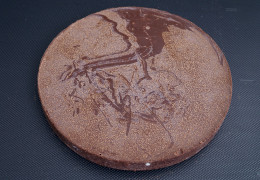
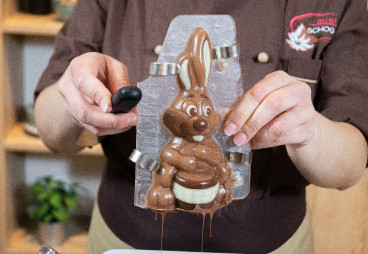
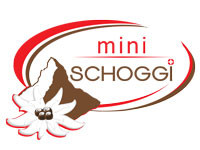




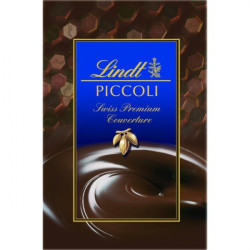
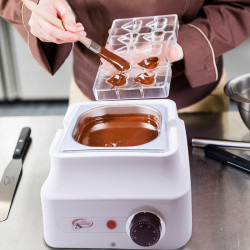
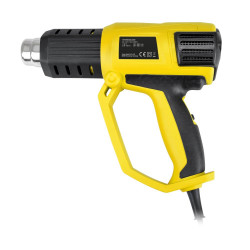




















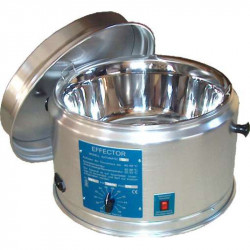
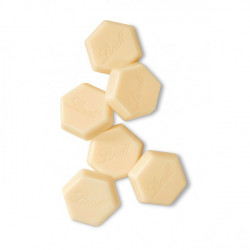
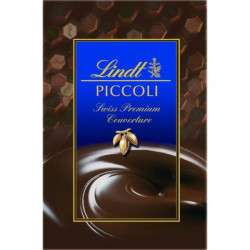
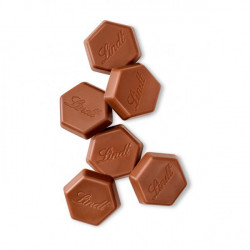
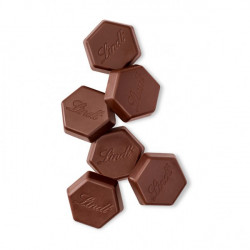
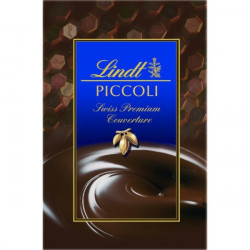
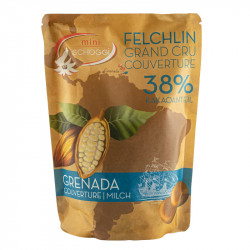
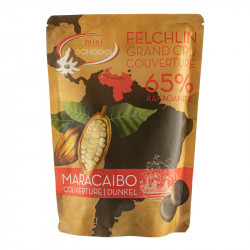
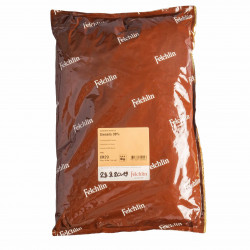
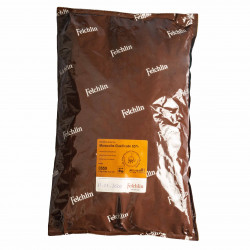
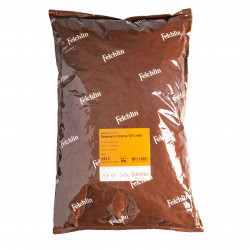
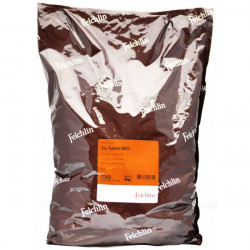
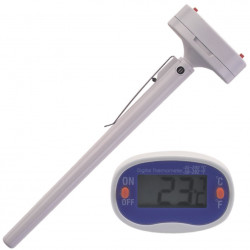
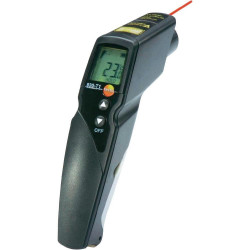
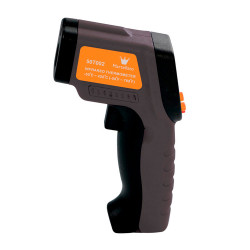
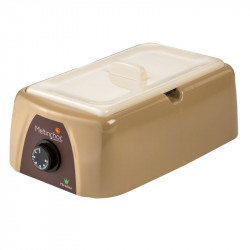
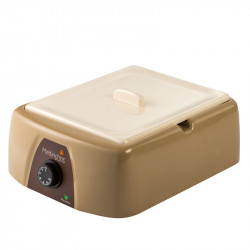
Leave a comment